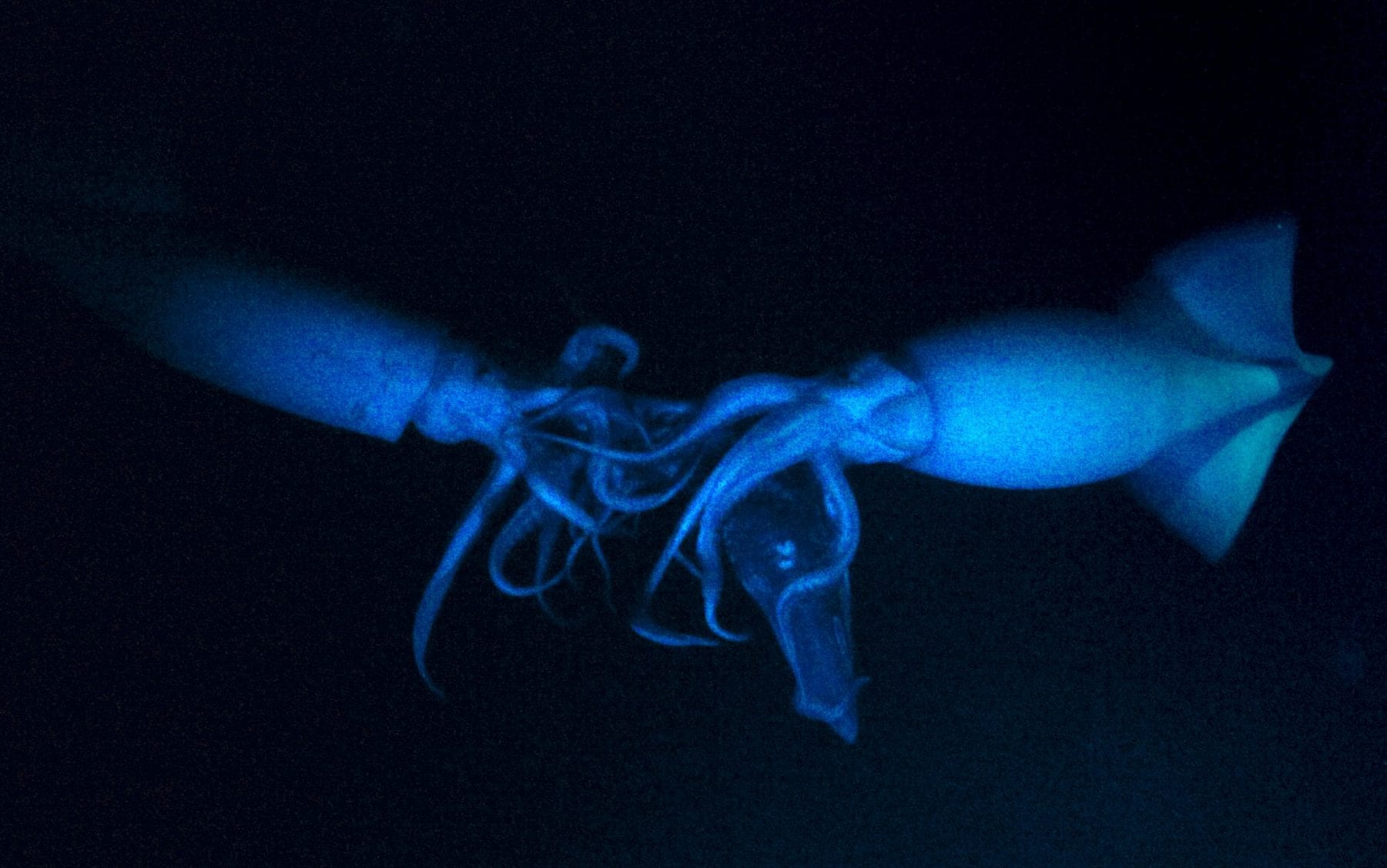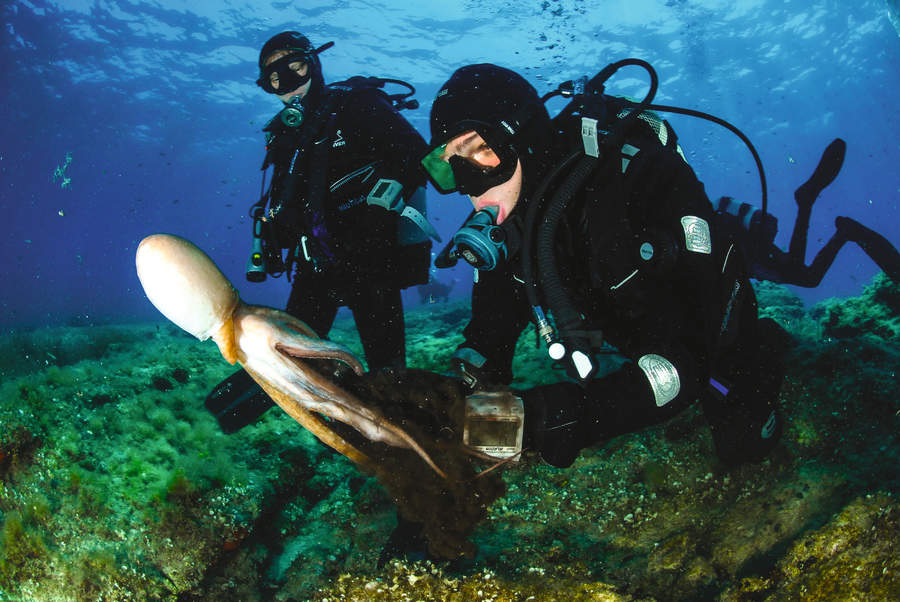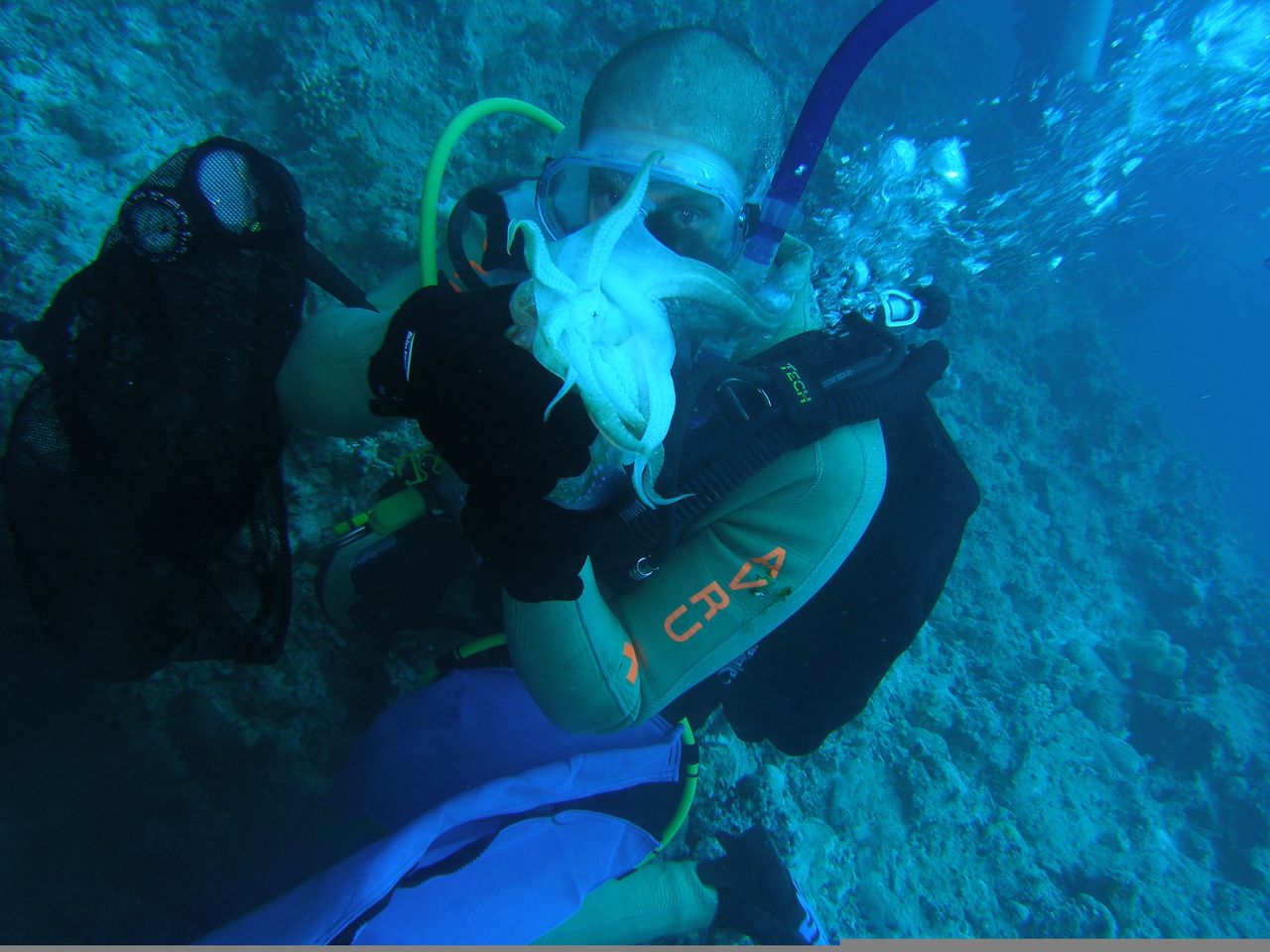You might have seen this video making the rounds a few months ago. It’s of a whole (small) squid on a bowl of rice in presumably a Japanese restaurant. The diner pours soy sauce over the squid and it starts to wriggle around coming alive. My first impression of the video was of horror — despite what the website I found it on said, I thought “there’s no way this squid is anything but alive”. Having been primed with my commentary I invite you to watch this short video:

[Video link] NOTE: the original video was taken down for copyright infringement, which shows how bad the abuse of DMCA takedowns has become on YouTube. If this video gets taken down too just search for the dish name: “odori don”.
After this I read the explanation again. The salt in the soy sauce makes the tentacle neurons fire — the squid’s death does not inactivate them straight away. The first time I read the explanation I was not prepared for the effect to be so dramatic which is why I thought the squid was alive. On subsequent viewing, the soy sauce explanation seemed right. If you’re not convinced, read this news article which explains the effect and embeds the video. It also shows another video of disembodied frog legs shaking about when salted, which is a lot more convincing.
I also remember a few years ago when I was pan-frying some baby octopuses they produced a very realistic wriggling effect while being fried. It also shocked me and creeped me out a little at the time. I’ve been meaning to film the effect for a few years but I guess there’s no point now. At the time I thought this was because I soaked them in water before frying to defrost them, but it was probably because I added some sauce with salt.

Of course all of this has a wider point. The dancing octopus shows that when we make judgements about living creatures (especially about basic things such as whether it’s alive), we probably use a fairly basic brain system. We pick up on some very crude cues and extrapolate them, basically because those extrapolations make sense most of the time. (When you see such wriggling, it’s likely to be something alive.) That the cues are crude and not “intellect-driven” we can see from some research. Even when we see an animated dot moving about on a screen, we interpret the dot as “alive” when the movement is jerky, with changing speed and direction.
In a way this is another example of the optical illusion analogy. We obviously know the dot is not alive. We would probably write “alive” in scare-quotes and talk about it “looking” alive. So we know the facts intellectually, and yet we can’t suppress our sense of looking at a living creature. Similarly, no matter how much I accept the soy sauce explanation part of my brain says “that’s a live squid”.
An accurate picture of the world requires us to (at times) suppress our intuition and subdue it to the intellect. I think a world which minimises suffering as well should be based on facts too — whether you’re trying to minimise human or animal suffering. Too much of our moral discourse goes through that part of the brain that wrongly interprets the squid is dead, which is how we get the moral panic started by the video.





0 Comments